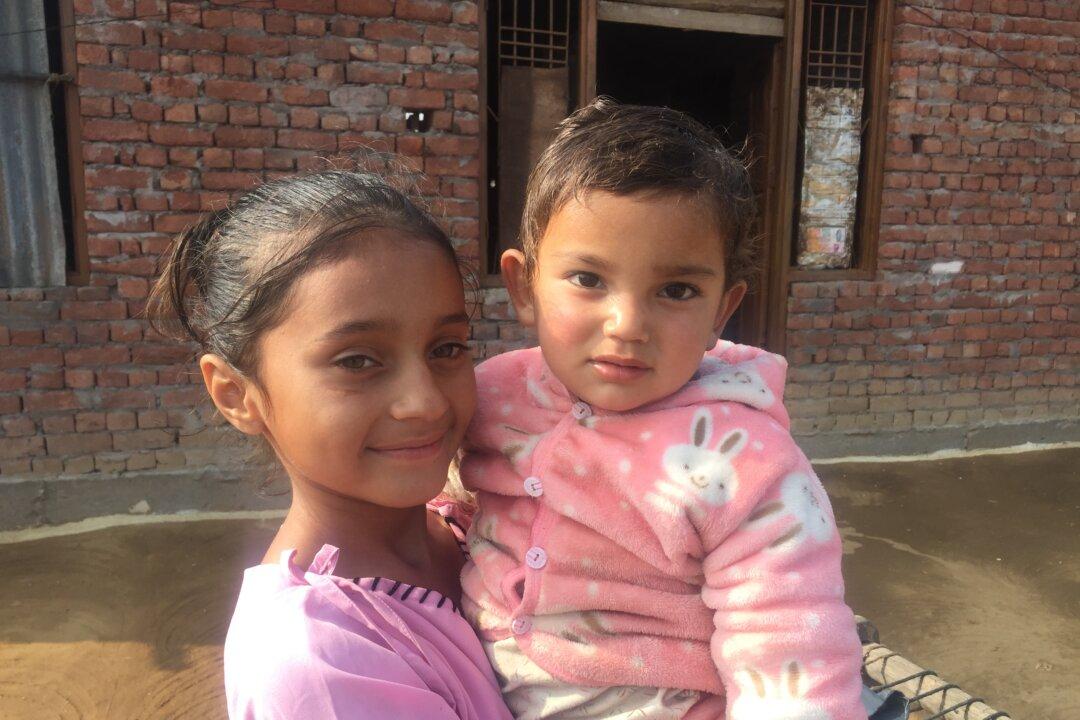RAJOURI, India—Surjeet Prakash and Kailash Devi heard a gunshot one morning seven months ago while in their home in the village of Kalal, on the Indian side of the border with Pakistan, which is one of the most volatile, disputed boundaries in the world.
“I ran into my son’s room and asked if they heard a shot fired,” Devi, 64, said. “My daughter-in-law said, ‘Mother, it has hit me.’”





